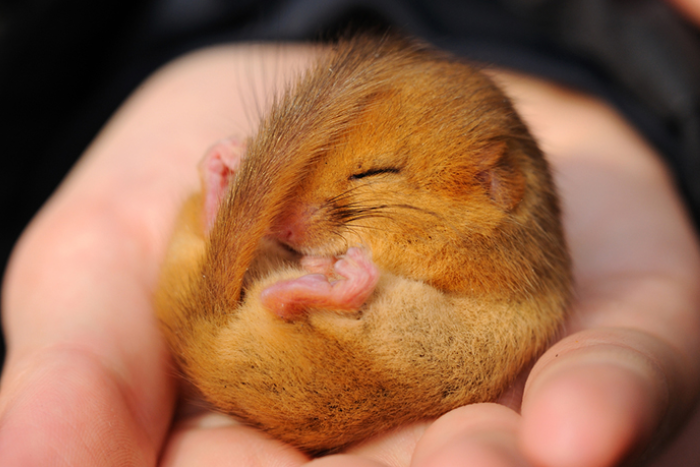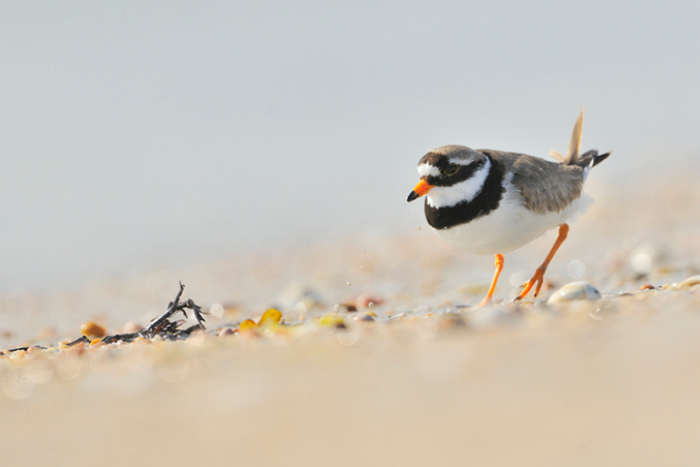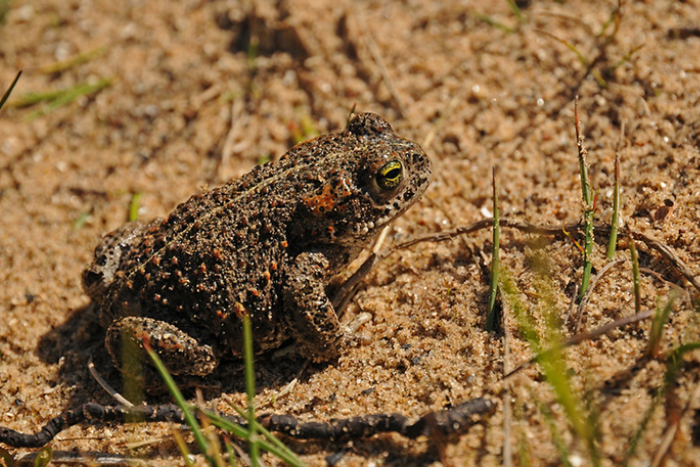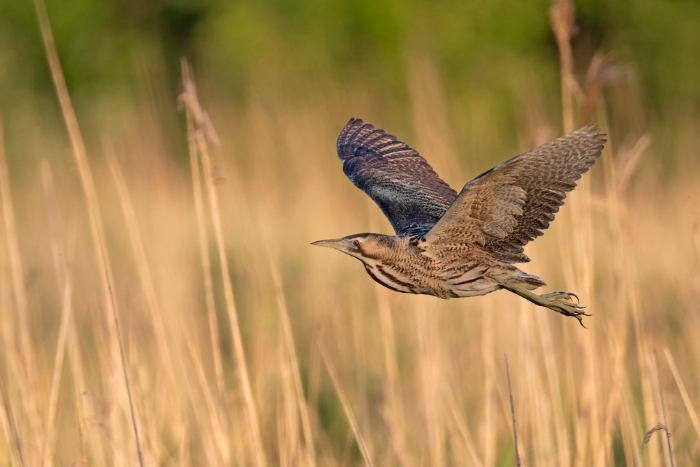
£1m bid to bring back lost wildlife
Lincolnshire Wildlife Trust is asking the public to help it raise £1 million for critical conservation work and bring back familiar Lincolnshire wildlife.
Trust members, supporters and visitors to the county’s reserves repeatedly observe the the difference between the nature they remember and what can be seen now
“Most of us have heard the horrifying statistics - the UK is one of the most nature depleted countries in the world, nearly half our species are in decline and almost one in six is threatened with extinction - but nothing brings it home like personal experience,” said Trust spokesperson.
“People talk to us about the cuckoos they heard without fail every spring, the clouds of butterflies and seas of wildflowers on countryside walks, the trilling display call of curlew, adders basking in early spring sunshine and bats flitting overhead at dusk, too quick and numerous to count.
“Since we were founded over three-quarters of a century ago, Lincolnshire Wildlife Trust has saved wildlife and wild spaces across the county. We are proud of what has been achieved, and there are many species that would not exist in Lincolnshire today were it not for our work.
“The headliners are the cranes bugling at Willow Tree Fen, the bitterns booming at Far Ings and the natterjack toads singing in chorus up and down the coast from Saltfleetby. However, many other species are quietly hanging on - and others are sadly slipping away.”
The Trust has launched its largest and most urgent appeal in its history because, it says, nature has never needed it more.
“The target is ambitious but if our Nature Recovery Fund is to make a real difference before it's too late then - like our founder Ted Smith back in 1948 - we need to think bigger.”
At the time this article was published just under £190,000 had been raised.
“The Nature Recovery Fund continues to grow but the demands on it are increasing. We are appealing for specific support for a number of land purchases from Deeping Lakes in the south of the county to Crowle Moor in the north, along with a memorial garden at Woodhall Spa Airfield. Please help by making a donation.”
The funds raised will go towards supporting four key areas – nature, climate, land and people – to find out more and donate visit https://tinyurl.com/93mbyphz
Above - Following a reintroduction programme, dormice are spreading along hedgerows into neighbouring woodlands. Picture: Amy Lewis

Cared for in special sanctuary areas at Gibraltar Point, ringed plovers are surviving in their last location on the Lincolnshire coast. Picture: Fergus Gill/2020VISION

With focused conservation effort, natterjack toad populations on the Lincolnshire coast are increasing.

After being lost as a breeding species in Lincolnshire, bitterns are thriving in reedbeds managed by the Trust.
